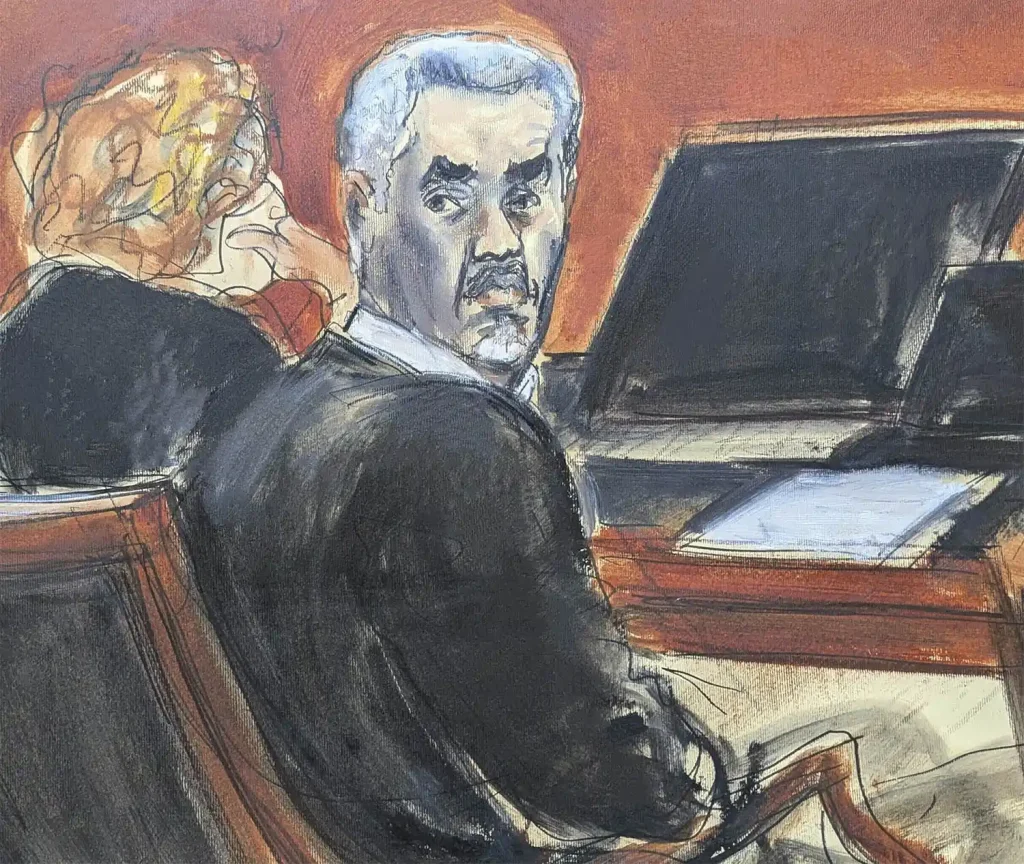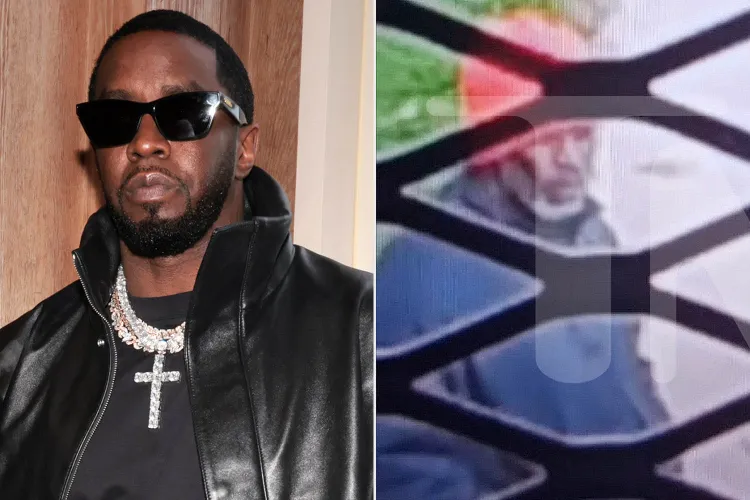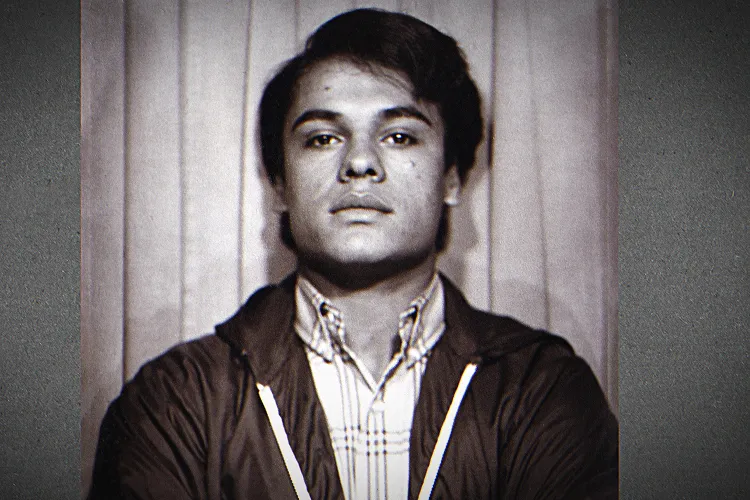Sean “Diddy” Combs’ First-Ever Prison Yard Photo Surfaces — Nearly Four Months After Conviction and Transfer to U.S. Facility
In a rare and sobering moment for one of hip-hop’s most celebrated figures, the first photograph of Sean “Diddy” Combs behind bars was published this week, marking a stark turn in his highly publicised legal saga. The image, taken at the federal correctional facility at Federal Correctional Institution Fort Dix in New Jersey, shows the music mogul, detainee number 25668-031, dressed in a dark blue coat and an orange beanie as he stands in the prison yard. A full white beard frames his face, and he appears distant and reflective — a dramatic contrast to the high-gloss media persona he once cultivated.

Combs, 55, has been held in federal custody since his arrest on September 16, 2024, in Manhattan, where he was placed at the Metropolitan Detention Center in Brooklyn. In July 2025, he was convicted on two counts of transportation to engage in prostitution and subsequently sentenced to 50 months in prison on October 3. He was acquitted of the more serious charges of sex trafficking and racketeering, but the remaining findings nonetheless carry significant consequences.
The photograph represents much more than a mere image. For years, the rapper-turned-entrepreneur pursued a life of luxury, influence and cultural impact: founding Bad Boy Records, launching his Sean John apparel line, earning multiple Grammy Awards and achieving billionaire status. Suddenly, that narrative is replaced by one of incarceration, accountability and the quiet corridors of a correctional institution. Observers note that the photo was taken upon his transfer from Brooklyn to Fort Dix, a facility described as “lower security” but still a federal prison. His legal team had requested the move, citing the availability of the Residential Drug Abuse Program there.

According to the Bureau of Prisons, Combs’ projected release date is May 8, 2028, assuming he serves the full sentence with some early release for good conduct factored in. That date already takes into account the 13 months of pre-trial detention he has served.
The journey from the height of fame to life behind bars has prompted reflection across the entertainment industry, legal community and public sphere. During the trial, two former girlfriends — including Cassie Ventura — and other witnesses described disturbing patterns of abuse and coercion, leading the judge in his sentencing to call the conduct “exploitative.”
While the photo captures a quiet moment in a prison yard, it implicitly signifies a transformative chapter in Combs’ life. Until now, despite heavy media scrutiny and months behind bars, the public had not seen clear photographic proof of his daily reality. One attorney familiar with the matter shared that life at Fort Dix is dramatically different from the glamor he once knew — prison meals, early wake-ups, communal dorms rather than private suites.

Reactions have been swift. Some fans and critics alike expressed surprise at the once-iconic figure’s appearance, while others called it a moment of accountability, emphasising that no one is above the law. Social-media posts reflected a mixture of empathy for victims, fascination with the fall from grace, and questions about how Combs will rebuild his life after release.
Legal analysts are also weighing what the image suggests about his incarceration strategy. The transfer to Fort Dix may be viewed less as luxury and more as pragmatism; the facility offers rehabilitation programs, which could reduce his time behind bars if he engages meaningfully. His attorneys have emphasised his interest in drug-treatment programs and a desire to earn early release through good behaviour.
But the photograph also prompts questions about broader cultural reckoning. In a year where the entertainment industry has faced increased scrutiny over power dynamics, accountability and abuse, the image of Combs — once a cultural force and tastemaker — humbles a narrative of invincibility. It affirms that even the most prominent figures confront consequences when the justice system intervenes.
Meanwhile, the victims in the case remain at the heart of any discussion about this moment. For many, the photo is not just about Combs; it’s a reminder of the gravity of the allegations they brought forward and the years of waiting for justice. Advocates for survivors have noted that, while the public sees a single moment on a prison yard, the truth lies in the long-term impact of trauma and the need for systemic change in industries that enable abuse.
As for Combs, what lies ahead is uncertain. His history in music and business is storied, but the next several years will largely be defined by ledger entries and prison-yard schedules rather than red-carpet appearances and platinum-sales announcements. When he is released — if he earns release early — he will be in his early 60s, a different man than the dominant figure who once led label meetings, posed on yachts and held celebrity summits. Some industry insiders say rebuilding isn’t impossible, but they caution it will be a different version of success — if it comes at all.
For now, the photograph serves as a visual bookmark: the end of one chapter, the uncertain beginning of another. It catches a moment in time where a cultural icon stood in the yard of a federal prison, stripped of the spotlight but not yet stripped of consequence. Whether the world will ever see Sean “Diddy” Combs reclaim his former status — or whether he will emerge instead as a cautionary tale — remains to be seen.



